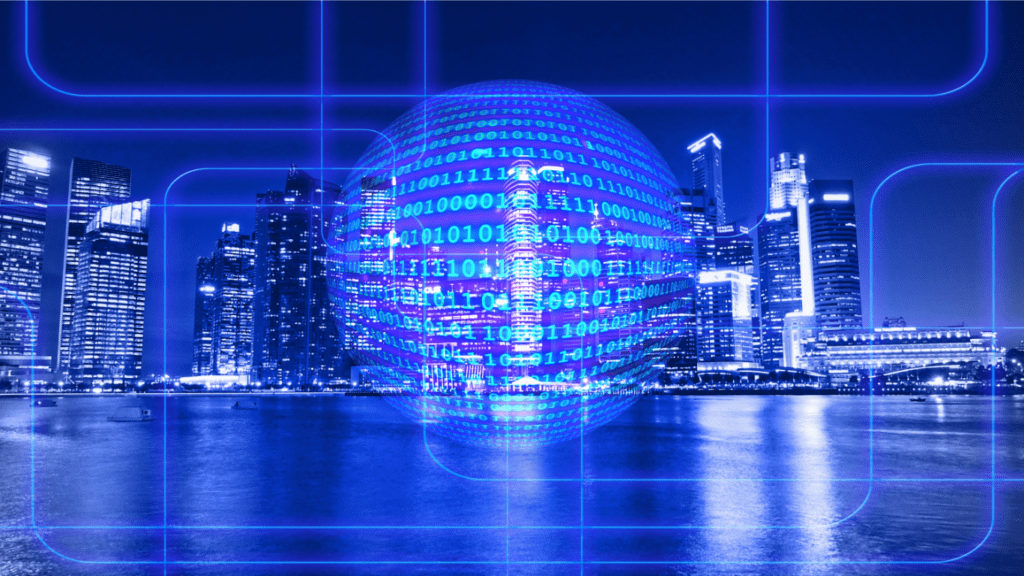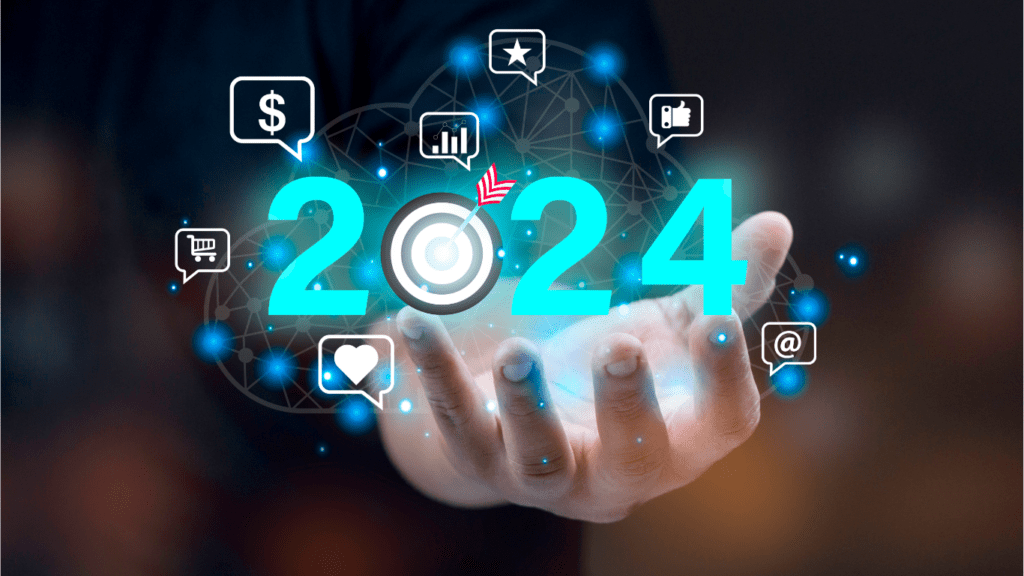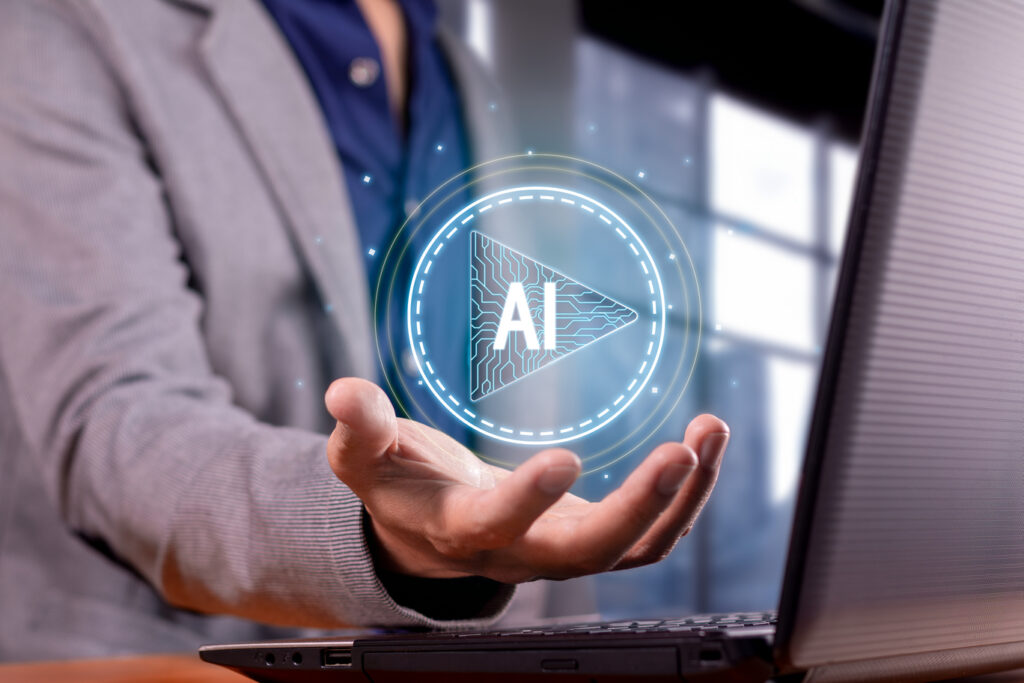Unveiling the Internet of Things (IoT)
1. Exploring the Foundations of IoT Technology
Delving into the core of IoT technology reveals its intricate network of interconnected devices that communicate and exchange data without human intervention. IoT devices encompass a wide array of gadgets, ranging from smart thermostats and wearable fitness trackers to industrial sensors and autonomous vehicles. These devices are equipped with sensors, processors, and communication hardware that enable them to collect, analyze, and transmit data across networks.
2. Tracing the Evolution of IoT Through the Years
The evolution of IoT technology can be traced back to the early 1980s when researchers at Carnegie Mellon University connected a Coca-Cola vending machine to the internet. This innovative experiment marked the beginning of a transformative journey that has revolutionized how we interact with the digital world. Over the years, advancements in wireless communication, cloud computing, and data analytics have propelled the growth of IoT, paving the way for interconnected smart devices that permeate various aspects of our lives.
IoT in the Home
Smart Home Devices and Automation
- In the realm of IoT, smart home devices are revolutionizing the way we interact with our living spaces. These gadgets connect various aspects of our homes, allowing me to control lighting, temperature, security, and entertainment systems remotely. For example, smart thermostats like Nest Learning Thermostat learn my preferences and adjust the temperature accordingly, enhancing comfort while saving energy. Home assistants such as Amazon Echo or Google Home respond to my voice commands, simplifying tasks and providing information instantly.
Energy Efficiency and Cost Savings
- One of the primary benefits of incorporating IoT in homes is the boost in energy efficiency and cost savings. Smart devices like smart plugs and smart meters help me monitor and control energy usage, leading to significant reductions in electricity bills. By analyzing real-time data on energy consumption, I can make informed decisions to optimize usage patterns and minimize wastage. Additionally, connected appliances like smart refrigerators or washing machines can operate during off-peak hours, taking advantage of lower electricity rates and contributing to long-term cost savings.
IoT in Healthcare
- As I delve into the realm of healthcare, IoT plays a pivotal role in transforming how medical services are delivered and enhancing patient care.
Remote Monitoring and Telemedicine
In healthcare, IoT facilitates remote monitoring and telemedicine, revolutionizing the way healthcare professionals interact with patients. By incorporating IoT devices, medical practitioners can remotely monitor patients’ vital signs, medication adherence, and overall health status. This real-time monitoring not only enhances patient care but also enables early intervention in case of any health anomalies. Through telemedicine, healthcare providers can offer virtual consultations, diagnose illnesses, and even prescribe treatments without the need for in-person visits. Patients in remote or underserved areas can access healthcare services conveniently, breaking barriers to traditional healthcare delivery.
Wearable Health Devices and Personal Wellness
IoT’s impact on healthcare extends to wearable health devices that promote personal wellness and enable individuals to monitor their health proactively. From fitness trackers to smartwatches equipped with health tracking features, these wearable devices collect data on various health metrics such as heart rate, sleep patterns, and physical activity levels. By analyzing this data, individuals can gain valuable insights into their health status, set wellness goals, and make informed lifestyle choices. The seamless integration of wearable devices with smartphone applications allows users to track their progress, receive personalized recommendations, and stay motivated to lead a healthier lifestyle. Wearable health devices empower individuals to take charge of their well-being, promoting preventive healthcare and early detection of potential health issues.
Incorporating IoT in healthcare not only enhances patient outcomes but also contributes to the shift towards proactive and personalized healthcare solutions. The intersection of technology and healthcare continues to redefine the landscape of medical services, empowering both patients and healthcare providers to embrace a future where connectivity and innovation drive improved health outcomes.
IoT in Cities and Infrastructure

Smart Cities and Urban Planning
In smart cities, IoT plays a pivotal role in revolutionizing urban planning and enhancing the quality of life for residents. Utilizing interconnected sensors and devices, cities can collect real-time data on various aspects like traffic flow, air quality, energy consumption, and waste management. This data allows municipalities to make informed decisions to improve efficiency, sustainability, and overall urban infrastructure.
Implementing IoT in urban planning enables authorities to optimize resource allocation, reduce energy consumption, and enhance public services. For instance, smart streetlights equipped with IoT sensors can adjust brightness based on foot traffic, reducing energy waste while ensuring safety. Additionally, waste management systems utilizing IoT technology can optimize collection routes, leading to cost savings and a cleaner environment.
Traffic Management and Public Safety
IoT solutions are transforming traffic management and public safety in cities by providing real-time insights and interventions. Smart traffic lights that adjust timing based on traffic patterns help alleviate congestion and enhance road safety. The integration of IoT in public transportation systems enables efficient route planning, reducing travel times and carbon emissions.
Moreover, IoT applications enhance public safety by enabling quick emergency response through connected surveillance cameras and sensors. In emergencies, these systems can automatically alert authorities, streamlining rescue operations and improving overall crisis management. By leveraging IoT technology, cities can create safer, more responsive urban environments for their residents.
IoT in Retail and Business
1. Inventory Management and Supply Chain Optimization
In retail and business, IoT plays a crucial role in optimizing inventory management and supply chains. By leveraging IoT devices such as RFID tags, sensors, and connected devices, businesses can track their inventory in real-time. This allows for accurate inventory levels, reducing stockouts, overstocking, and minimizing manual intervention.
For example, a clothing store can use RFID tags on each garment to monitor its movement within the store. This real-time data helps in restocking items efficiently, identifying popular products, and preventing theft. Additionally, IoT-enabled sensors can monitor environmental conditions like temperature and humidity, ensuring the quality of perishable goods during transportation and storage.
IoT also facilitates supply chain optimization by providing end-to-end visibility. With IoT sensors installed on vehicles and packages, businesses can track shipments’ progress, predict delivery times, and optimize routes. This leads to improved efficiency, reduced delivery delays, and cost savings in the supply chain process.
2. Personalized Customer Experiences
IoT technology enables businesses to offer personalized customer experiences by gathering and analyzing customer data in real-time. By integrating IoT devices with customer interactions, businesses can tailor their services to meet individual preferences and needs.
For instance, a smart home device retailer can use IoT data to offer personalized product recommendations based on a customer’s usage patterns. Through smart analytics, businesses can understand customer behaviors, predict future needs, and create targeted marketing campaigns.
Moreover, IoT devices like beacons in stores can send personalized promotions and notifications to customers’ smartphones based on their location within the store. This enhances customer engagement, increases sales, and fosters brand loyalty through customized experiences.
With IoT transforming retail and business operations, companies can streamline processes, enhance efficiency, and deliver personalized services to meet the evolving demands of the modern consumer landscape.
Privacy and Security Concerns in IoT
Data Privacy Issues
Addressing data privacy concerns in the Internet of Things (IoT) landscape is crucial as the ecosystem grows exponentially. The collection of vast amounts of personal data by IoT devices raises significant privacy challenges. These devices gather data on daily routines, preferences, and even sensitive information, making privacy breaches a worrisome prospect. To safeguard user privacy, stringent data protection measures are imperative. Implementing robust data encryption protocols and ensuring secure data storage are vital steps to mitigate privacy risks. Additionally, user consent mechanisms and transparent privacy policies can enhance data privacy in IoT environments.
Mitigating Security Risks
Mitigating security risks in IoT environments is paramount to ensure the integrity and confidentiality of data transmitted and processed by connected devices. Vulnerabilities in IoT devices can expose networks to cyber threats, leading to data breaches and unauthorized access. Securing IoT systems requires a multi-layered approach, including regular software updates, authentication protocols, and network segmentation. Employing strong encryption methods for data transmission and adopting secure authentication mechanisms are essential to thwart potential security breaches. Continuous monitoring of IoT networks for anomalous activities and prompt response to security incidents are critical measures in mitigating security risks effectively.
Future Prospects of IoT
Advancements in Connectivity and AI
Enhanced connectivity is a key driver of IoT’s future growth. With the continuous advancement of 5G technology, IoT devices will experience significantly increased data transfer speeds and bandwidth, enabling quicker and more efficient communication between connected devices. This evolution in connectivity will pave the way for a more interconnected and seamless IoT ecosystem where devices can communicate in real-time, leading to improved efficiency and productivity across various industries.
AI, or Artificial Intelligence, is poised to play a pivotal role in shaping the future of IoT. By integrating AI algorithms into IoT systems, devices can not only collect and transmit data but also analyze and interpret this data to make informed decisions autonomously. The combination of IoT and AI enables predictive maintenance in industrial settings, personalized recommendations in retail, and smart energy management in homes. As AI capabilities continue to evolve, IoT devices will become smarter, more adaptive, and capable of autonomous optimization, revolutionizing daily life experiences.
The Role of IoT in Sustainability
IoT is positioned as a vital tool in advancing sustainability efforts across different sectors. By harnessing IoT technologies, organizations can monitor and optimize resource usage, reduce waste, and lower carbon footprints. In agriculture, IoT-enabled sensors can track soil moisture levels, weather conditions, and crop health, enabling farmers to make data-driven decisions that enhance crop yields while conserving water and minimizing environmental impact.
Furthermore, IoT plays a crucial role in smart energy management, allowing households and businesses to monitor and control energy consumption in real-time. Smart grids powered by IoT technology enable efficient distribution of energy, integration of renewable energy sources, and demand-response mechanisms that optimize energy usage and reduce carbon emissions. By leveraging IoT solutions for sustainable practices, industries and individuals can contribute to a greener future while achieving economic efficiency and environmental conservation.




